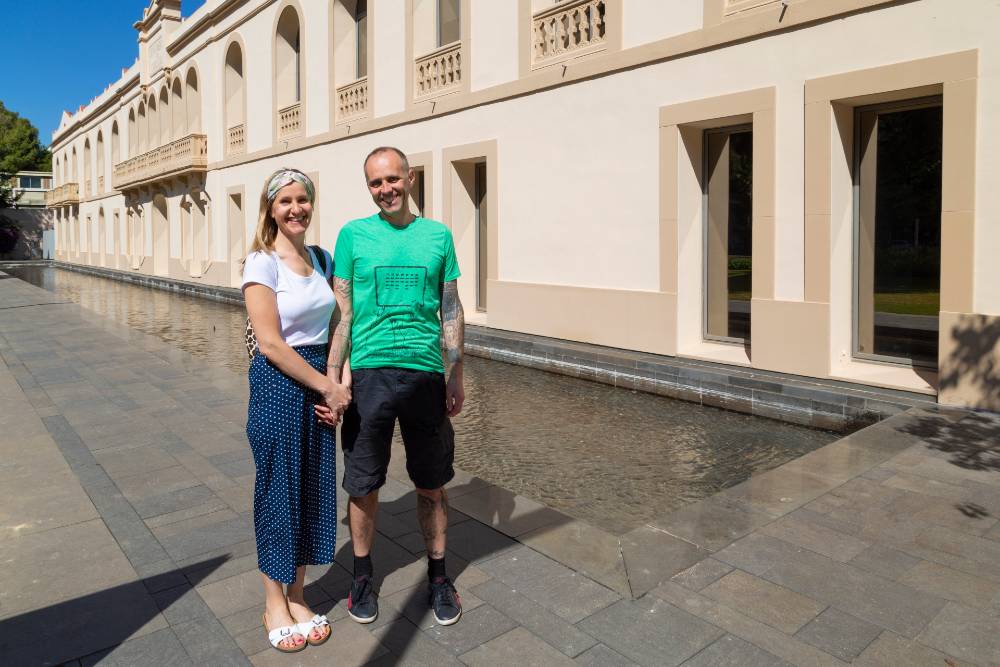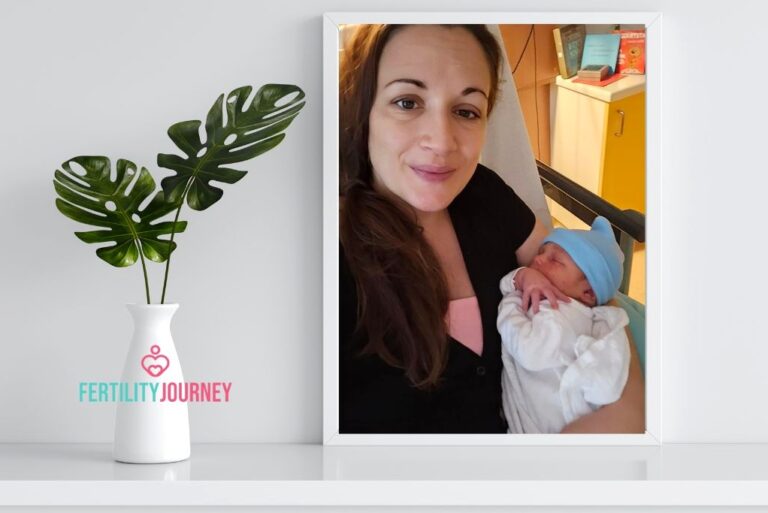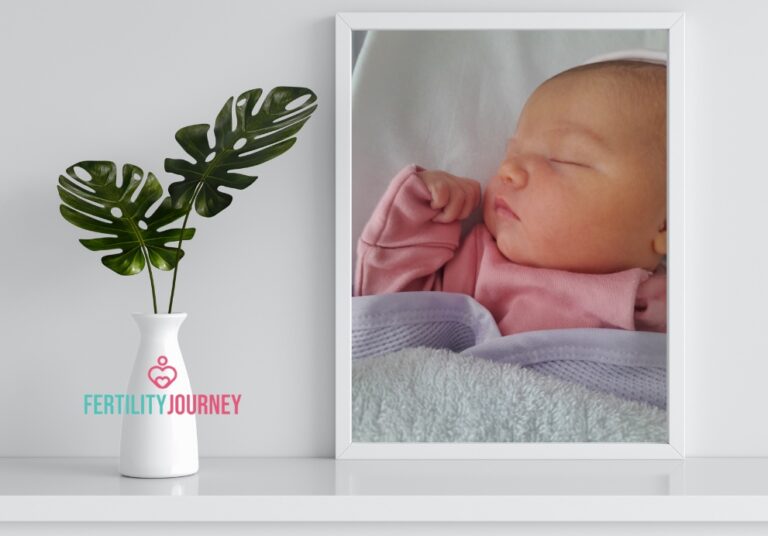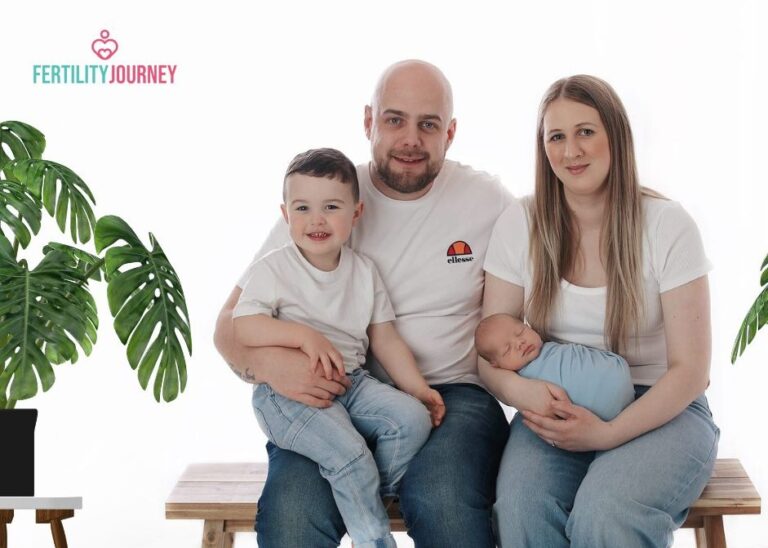It’s time. After their first visit to Dexeus Mujer, Sarah and Joe are back in Barcelona. They are very excited, and so are we. They have a donor who is genetically compatible with Joe and similar in appearance to Sarah, and the procedure to extract her eggs is in the diary.
The exact extraction date can never be known in advance, as you have to wait until the eggs are in optimal condition to form a pregnancy. That’s why we calculate the ideal week and regularly monitor the donor until we know the optimum day to extract the eggs.
The Dexeus Mujer team has taken all the necessary steps and monitored the donor’s response to hormone stimulation over the preceding month. Sarah has also taken medication to synchronise her menstrual cycle with that of the donor so that the embryo transfer is done at the right time and her uterus is ready to receive it.
Sarah and Joe will be in Barcelona for a week, the time necessary to take all of the next steps: extracting the eggs from the donor, defrosting Joe’s semen sample and fertilising them. Once that is done, we will have to observe their progress to determine which ones have been successfully fertilised by the sperm and how many of this progress positively to achieve suitable maturation – a phase which is technically called the “blastocyst stage” – to be transferred into Sarah’s uterus.
Embryos generally take 5 to 6 days to reach this stage. We wait because embryos reaching this phase have been shown to have a better chance of implanting since only the best quality embryos reach it.
Furthermore, in this way, the embryologist can also select the embryos with the best potential for growth and, as such, the best chance of giving rise to a successful pregnancy.
Our goal is to respect the natural development process of any embryo, since, although reproductive medicine has progressed in leaps and bounds, and the techniques have been perfected to a very high level, the rules of biology still have the last word and you can never know exactly how many embryos will reach this phase.
Our centre makes use of time-lapse technology allowing us to continuously view embryo development in real-time, which is incredibly gratifying for couples undergoing assisted reproduction treatment.
Everything’s ready for the transfer
The couple has let us know that they are ready and rested. They won’t need a consultation this time. Sarah only had to go for some blood tests to check a few hormone levels.
“We are really excited and we know we’re close to the moment of truth now”, explains Joe. “We’ve also felt very well supported over the course of these months, because both the Dexeus Mujer Egg Donation Programme team and the International Patient Service have constantly informed us of each step taken, and kept us completely up to date. If we had any queries or e-mailed them, they got back to us straight away”, adds Sarah.
Dr. Iñaki González Foruria, the doctor overseeing their reproductive treatment, explained to the couple how the embryo develops and how its progress is monitored. “He also explained the steps to be taken after the transfer, whether I fall pregnant or not”, adds Sarah.
Currently only one embryo is transferred and the rest are frozen, both to avoid the risks associated with multiple pregnancies, particularly in older women, and due to the techniques available which allow for the selection of embryos with the highest potential for development, as well as to keep the rest in optimal conditions, since they can be frozen and stored indefinitely at -196 °C. No anaesthesia or special preparation is required for embryo transfer.
The beta-wait
All being well, after the transfer, Sarah can get back to her usual routine. To confirm whether she has fallen pregnant, approximately 10 days later, a blood test is needed to detect the presence and levels of the hormone ßHCG (human chorionic gonadotropin) in her blood.
ßHCG secretion begins when the embryo has implanted since it is the embryo that releases it. Its function is to promote the development of the pregnancy and form the placenta, and its concentration increases progressively with the progression of the pregnancy (until the third trimester, when its levels stabilise).
During the first weeks of pregnancy, the level doubles every 48-72 hours, hence it is better to wait a while before measuring and interpreting the results. It is considered positive when it exceeds 5 mIU/ml on the blood test. But levels are very variable over the first few days and can range from 15 to 1,000 IU/ml. Generally, 12-14 days post-implantation, we would expect a Beta level around 50 mIU/ml. In this way, if the result is positive but low, we repeat the test after 48 hrs. Urine testing is much less sensitive, so we tend to use the blood test so as not to prolong the waiting time.
And then what?
If the Beta is positive, Sarah and Joe will not have to come back to Barcelona. They can continue their pregnancy in Brighton. Usually, the first ultrasound is carried out after 6 weeks’ pregnancy. It allows the gestational sac to be viewed and the baby’s heartbeat to be heard. If the embryo does not implant, a further transfer will be necessary. But it will be up to the doctor to determine the right time.
It will probably be necessary to wait at least a month and a bit to perform the procedure. Sarah will have to stop using the oestrogen and progesterone patches and wait for her menstrual cycle to become regular again. When she has the first natural menstruation, she can re-start the hormone treatment with a view to once again prepare her uterus to receive the embryo. We can’t wait to hear their news.




